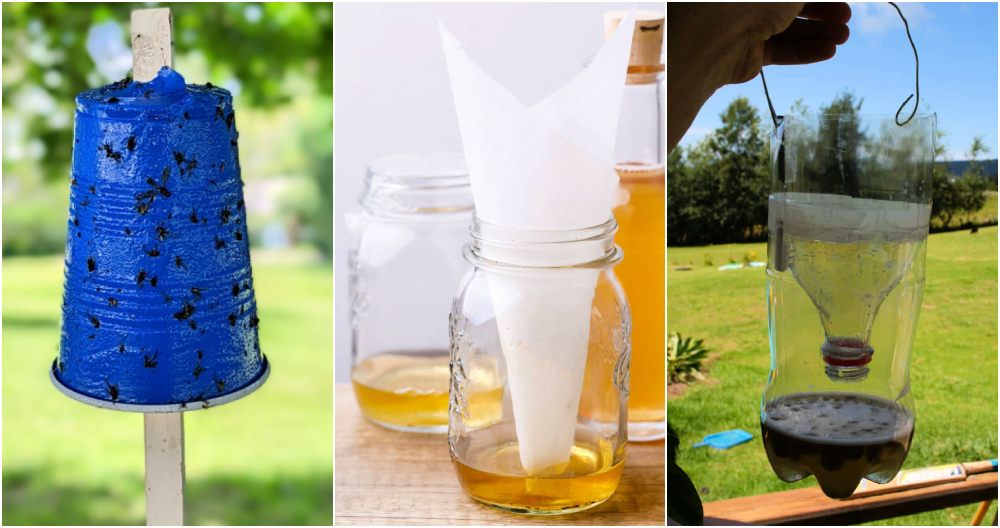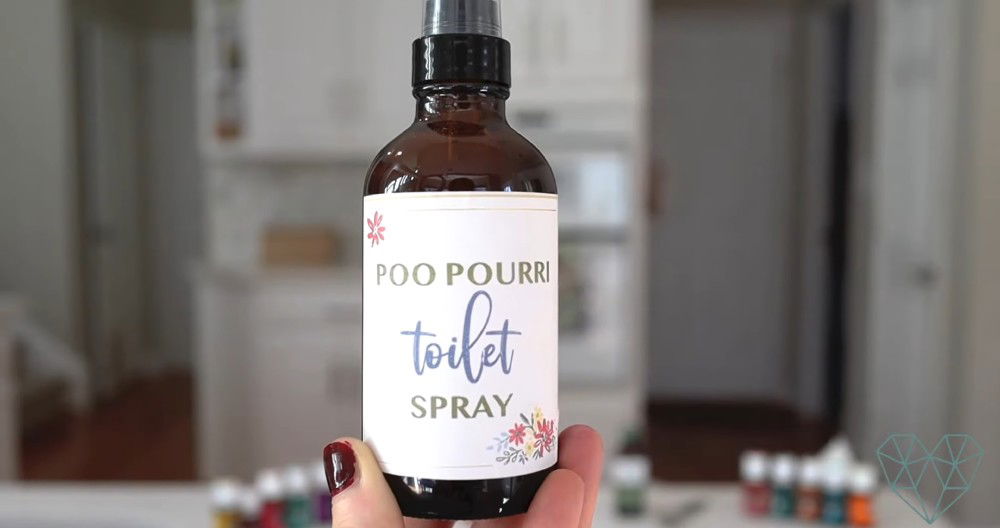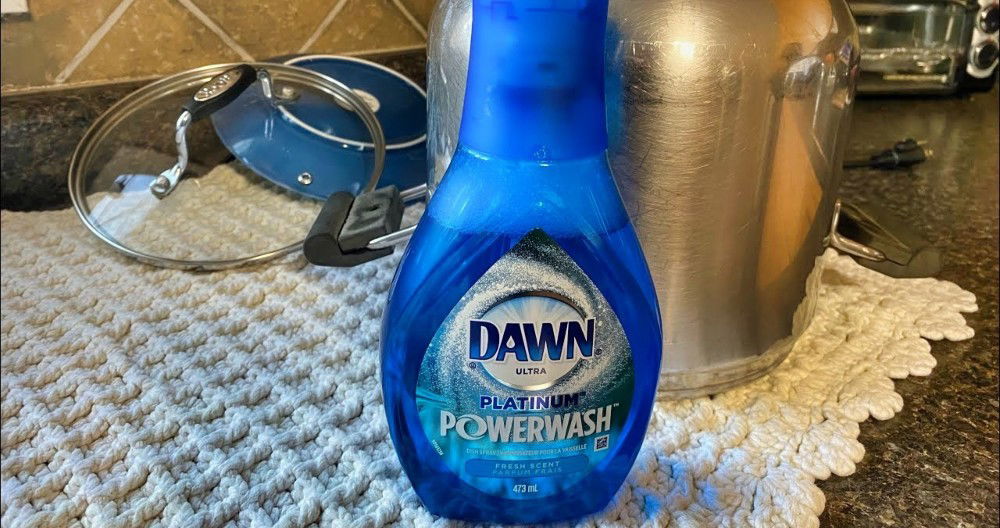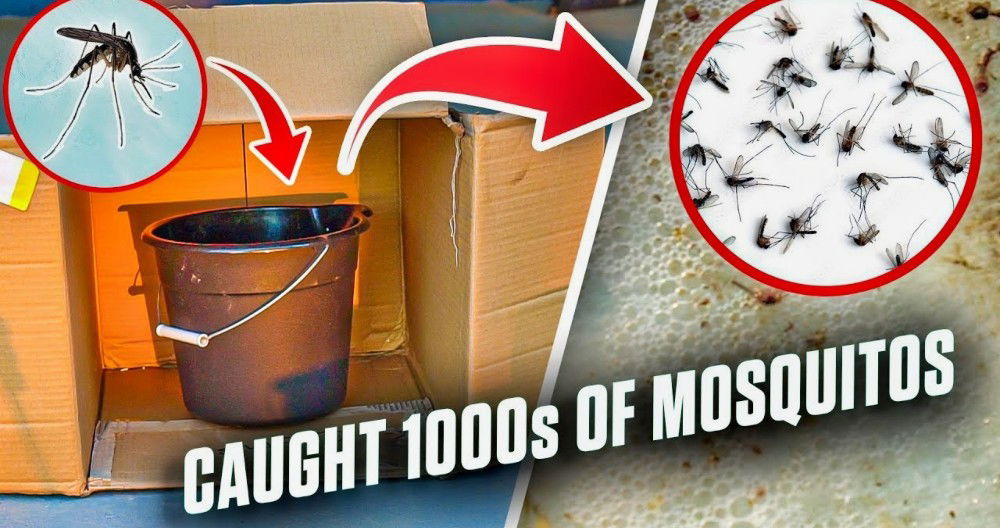Are you exploring methods on how to remove a mole and skin tags on your own? This guide offers a comprehensive look into safe practices for tackling these common skin concerns. With a focus on understanding moles and skin tags, including their causes and how to differentiate between benign and potentially harmful growths, our content is designed to inform and assist in making the right decisions for your skin health.
Delving deeper, we cover safe removal techniques, highlighting everything from over-the-counter products to home remedies, and underscore the importance of knowing when DIY methods are appropriate or when it's time to seek professional advice. Our step-by-step guides and important considerations ensure you're well-prepared for the process ahead.
Keep reading to find the safest and most effective approaches for mole and skin tag removal that align with your needs.

Understanding Moles and Skin Tags
When discussing skin growths, moles and skin tags are often mentioned. They are common and usually harmless, but it’s important to understand what they are and how they differ.
What are Moles?
Moles, medically known as nevi, are small, colored spots on the skin made up of melanocytes, the cells that produce pigment. Most people have 10 to 45 moles, which can develop during childhood and adolescence. Moles can be:
- Flat or raised
- Smooth or rough
- Round or oval
- Evenly colored, typically brown, but can also be black, red, pink, or skin-colored
What are Skin Tags?
Skin tags, also known as acrochordons, are soft, small flaps of skin that hang off the body by a connecting stalk. They are not dangerous and are typically found on the neck, chest, back, armpits, under the breasts, or in the groin area.
Causes of Moles and Skin Tags
Moles are primarily caused by:
- Genetic factors: If your family members have many moles, you may be predisposed to developing them as well.
- Sun exposure: Ultraviolet (UV) light from the sun can increase the number of moles, especially on sun-exposed areas of the skin.
Skin tags often develop due to:
- Friction: They commonly occur in skin folds where skin rubs against skin or clothing.
- Hormonal changes: Such as those that occur during pregnancy.
- Medical conditions: Like diabetes or obesity.
Benign vs. Potentially Harmful Growths
While most moles and skin tags are benign, meaning they are not cancerous, it’s crucial to monitor them for changes that could indicate malignancy, such as melanoma. Here are some signs to watch for:
- Asymmetry: One half of the mole does not match the other.
- Border: The edges are irregular, ragged, notched, or blurred.
- Color: The color is not the same all over and may include shades of brown or black, sometimes with patches of pink, red, white, or blue.
- Diameter: The spot is larger than 6mm across (about ¼ inch – the size of a pencil eraser).
- Evolving: The mole is changing in size, shape, or color.
If you notice any of these changes or if your skin tags become painful or bleed, it’s important to seek medical advice.
Remember, while online information can be helpful, it should never replace professional medical advice. Always consult with a healthcare provider for any concerns about your skin or health. This ensures that you receive personalized care based on your unique health needs.
How to Remove a Mole and Skin Tags Yourself
Learn how to remove moles and skin tags yourself with our expert guide below:
Materials Needed
- Castor oil
- Baking soda
- Band-aids
- Soap and water
Step-by-Step Guide to Removal
Preparation
- Clean the area: Gently wash the area around the mole, wart, or skin tag with warm water and soap. This step ensures all skin oil is removed, allowing the treatment to fully penetrate.
Making the Solution
- Mix the ingredients: Combine a teaspoon of castor oil with half a teaspoon of baking soda to create a paste. Aim for a consistency similar to toothpaste; it should be sticky but not too dry or lumpy.
Application Process
- Apply the mixture: Apply a small amount of the paste directly onto the mole, wart, or skin tag. Massage it in gently but thoroughly for about one minute.
- Cover with a band-aid: This ensures the paste stays in place, allowing it to deeply penetrate and work effectively.
Post-Application
- Observe the changes: Over the next few days, the treated area should start to shrink and dry up. Some may fall off, while others simply reduce in size. It could take up to three weeks for complete removal, depending on the individual case.
Important Considerations
- Use this method only on symmetrical, raised, and brown moles.
- Avoid treating asymmetrical, black moles, or those that are rapidly changing in size. These could be signs of skin cancer and should be examined by a dermatologist.
- Consistency is key. Apply the treatment twice a day, morning and evening, ensuring the area is covered well.
When to See a Doctor
If the mole or skin tag exhibits unusual behavior or irritation, consult with a dermatologist. It's crucial to rule out the possibility of skin cancer or other underlying conditions.
This natural solution safely and affordably removes moles, warts, and skin tags at home, promising clear skin without surgery's drawbacks.
Video Tutorial
For a step-by-step video tutorial on removing moles and skin tags, watch Chris Gibson’s video here.
It pairs well with this written guide, offering a dynamic way to grasp the process visually and improve your understanding of the treatment.
Safe Removal Techniques for Moles and Skin Tags
Removing moles and skin tags at home can be tempting, but it’s crucial to approach this with caution. Safety and health should always come first. Here’s what you need to know about at-home removal methods that are generally considered safe.
Over-the-Counter Products
There are various over-the-counter (OTC) products designed to remove skin tags and moles. These products typically work by drying out the skin tag or mole until it falls off. However, it’s important to note that the U.S. Food and Drug Administration (FDA) has not approved any OTC drugs for treating moles or skin tags. Therefore, it’s essential to consult with a healthcare provider before using any OTC product for this purpose.
Home Remedies
Some people turn to home remedies, such as applying apple cider vinegar, tea tree oil, or banana peels to the affected area. These methods aim to dry out the skin tag or mole. While these remedies are popular online, there is limited scientific evidence to support their effectiveness. Moreover, they can cause skin irritation or an allergic reaction. It’s best to use these remedies with caution and under the guidance of a healthcare professional.
Removal Bands and Patches
Skin tag removal bands and patches are designed to cut off the blood supply to the skin tag, causing it to fall off over time. These methods can be effective, but it’s important to follow the instructions carefully to avoid complications.
Freezing Kits
Freezing kits, similar to the treatments used by dermatologists, are available for at-home use. These kits can freeze the skin tag or mole, causing it to fall off. However, the effectiveness of at-home kits may not match the results of professional treatment, and improper use can result in burns or scars.
When to Avoid DIY Methods
It’s vital to avoid attempting to remove moles or skin tags if they are painful, bleeding, or show signs of change. These could be indicators of a more serious condition, such as skin cancer. Always seek medical advice in these cases.
While home methods and OTC products can remove skin tags and moles, it's safest and most effective to have a healthcare professional do it. Discuss at-home removal with a dermatologist first for safety. Health comes before cosmetic changes. Safety first.
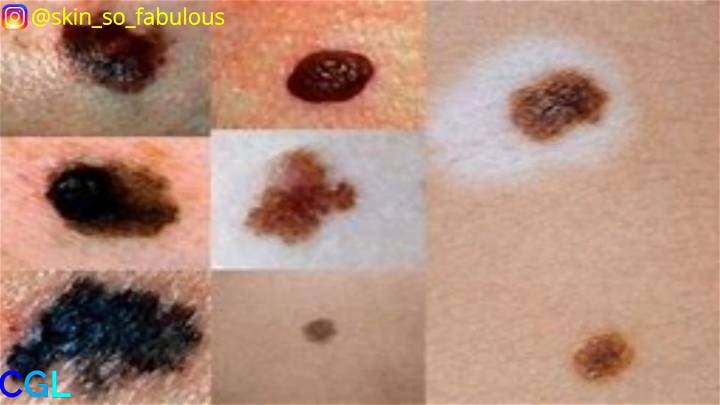
Risks of DIY Methods for Removing Moles and Skin Tags
While the internet may offer a plethora of do-it-yourself solutions for removing moles and skin tags, it’s important to understand the risks associated with these methods. Your health and safety are paramount.
Potential for Misdiagnosis
One of the most significant dangers of attempting to remove a mole or skin tag at home is the risk of misdiagnosis. Without medical training, it’s challenging to distinguish between benign skin growths and those that may be precancerous or cancerous. Removing a growth that is actually a melanoma can have serious consequences, as cancerous cells might remain in the skin and spread to other parts of the body.
Infection and Scarring
DIY removal methods can lead to infection, especially if the tools used are not properly sterilized. Additionally, improper removal can result in scarring, which may be permanent. It’s crucial to consider these risks before proceeding with any home treatment.
Uncontrolled Bleeding
Some home removal techniques, such as cutting off a skin tag with scissors or nail clippers, can cause uncontrolled bleeding. This is particularly dangerous if you accidentally cut a blood vessel or sensitive area.
Incomplete Removal
Attempting to remove a mole or skin tag on your own may result in incomplete removal. This can lead to regrowth and may complicate future professional removal efforts.
Delayed Professional Care
By choosing to remove a mole or skin tag at home, you may delay seeking professional medical advice and treatment. This delay can be critical, especially if the growth is malignant and requires immediate attention.
Consult healthcare professional for safe DIY mole and skin tag removal. Proper diagnosis ensures safe removal, minimizing complications.
Professional Removal Options for Moles and Skin Tags
When it comes to removing moles and skin tags, professional medical procedures are the safest and most effective approach. Here’s an overview of the options available through healthcare providers.
Surgical Excision
Surgical excision is a common method for mole removal. A dermatologist will numb the area and use a scalpel to cut out the mole and a small margin of the surrounding skin. Stitches may be required, depending on the depth of the cut.
Cryotherapy
Cryotherapy involves freezing the mole or skin tag with liquid nitrogen. This treatment is quick and usually doesn’t require anesthesia. The frozen tissue falls off within a few weeks. It’s important to note that cryotherapy is more suitable for skin tags and small, benign moles.
Electrocautery
Electrocautery burns off the mole or skin tag using an electric current. It’s a precise method that can prevent bleeding. Local anesthesia is used to minimize discomfort during the procedure.
Laser Removal
Laser removal uses intense beams of light to break down the mole or skin tag tissue. This method is less invasive and can be ideal for difficult-to-reach areas. However, it may require multiple sessions.
The Bottom Line
Consulting a dermatologist is key to determining the best treatment. They assess your case and suggest a safe procedure for optimal results. Professional care minimizes risks like scarring and infection. Trust the experts for your skin needs.
Aftercare and Healing Post Mole and Skin Tag Removal
Proper aftercare following the removal of moles and skin tags is crucial for healing and minimizing the risk of infection or scarring. Here’s a guide to help you through the recovery process.
Immediate Aftercare
Immediately after the procedure, your doctor will likely cover the area with a bandage. It’s essential to:
- Keep the bandage on for at least 24 to 48 hours.
- Avoid touching or picking at the treated area to prevent infection and scarring.
Cleaning and Maintenance
Once you remove the bandage:
- Gently wash the area with soap and water daily.
- Pat dry the area carefully with a clean towel.
- Apply an antibiotic ointment if recommended by your healthcare provider to keep the area moist.
Monitoring the Healing Process
As the site heals, you should:
- Watch for signs of infection, such as increased redness, swelling, or pus.
- Expect some healing time: It usually takes two to three weeks for the skin to heal after a skin tag has been removed.
Long-Term Care
For long-term care:
- Apply sunscreen to the area once healed to protect the scar from UV rays, which can cause darkening.
- Avoid stretching the skin around the scar, as it can make the healing time longer and potentially enlarge the scar.
When to Contact Your Doctor
If you notice any unusual changes or if the area doesn’t seem to be healing properly, contact your healthcare provider.
Prevention Tips for Moles and Skin Tags
Maintaining healthy skin is important, and part of that includes minimizing the development of moles and skin tags. Here are some practical tips to help reduce the likelihood of their occurrence.
Understanding the Risk Factors
Knowing what contributes to the formation of moles and skin tags is the first step in prevention:
- Friction: Skin tags often develop in areas where skin rubs against skin or clothing.
- Weight: People who are overweight may have more skin folds, leading to more skin tags.
- Genetics: If you have a family history of moles or skin tags, you might be more prone to developing them.
Lifestyle Changes
Making some changes in your daily life can help:
- Maintain a healthy weight: This can reduce the number of skin folds and the friction they cause.
- Wear loose clothing: Tight clothing can increase friction, especially in areas like the neck, groin, and underarms.
Skin Care
Proper skin care can also play a role in prevention:
- Keep skin dry and clean: This helps reduce friction and the chance of skin tags forming.
- Use moisturizer: Hydrated skin is less prone to damage from friction.
Regular Check-Ups
Regular skin examinations can help catch any changes early:
- Self-exams: Regularly check your skin for any new growths or changes to existing moles and skin tags.
- Professional evaluations: Have a dermatologist examine any concerning areas.
Sun Protection
Protecting your skin from the sun is crucial:
- Use sunscreen: Apply broad-spectrum sunscreen with an SPF of 30 or higher when outdoors.
- Wear protective clothing: Long-sleeved shirts, pants, and wide-brimmed hats can shield your skin from UV rays.
By following these tips, you can reduce the risk of developing moles and skin tags. Always consult a healthcare professional for personalized advice.
Myths and Misconceptions About Mole and Skin Tag Removal
When it comes to the removal of moles and skin tags, there are several myths and misconceptions that can lead to confusion and unnecessary worry. Let’s address some of these myths with clear, reliable information.
Myth: Removal Always Causes Scars
One common misconception is that removing moles or skin tags will always result in scarring. While it’s true that any skin procedure can leave a mark, professional removal techniques aim to minimize scarring. The likelihood of scarring depends on the removal method, the size and location of the mole or skin tag, and your skin type.
Myth: Skin Tags Are Always Cancerous
Another myth is that skin tags are a sign of cancer. Skin tags are typically benign and not associated with cancer. However, if you notice a sudden increase in the number or size of skin tags, it’s wise to consult a healthcare professional, as it could indicate an underlying condition.
Myth: Moles Can Be Safely Removed at Home
Some believe that home remedies are a safe way to remove moles. However, this is not recommended. Home removal can lead to infection, scarring, and may delay the diagnosis of a potentially cancerous mole. Always seek professional advice for mole removal.
Myth: Skin Tags Will Grow Back After Removal
It’s also commonly thought that once removed, skin tags will grow back. This is not true. When a skin tag is properly removed, it will not grow back. However, new skin tags may develop in the same area.
Myth: Over-the-Counter Products Are Safe for Mole Removal
There are over-the-counter products marketed for mole removal, but their safety and efficacy are questionable. The FDA does not approve OTC products for mole removal, and using them could pose health risks.
When dealing with mole or skin tag removal, consult a dermatologist for accurate information and safe procedures.
Medical Advice Disclaimer
The information provided in this post is for general informational and educational purposes only and is not a substitute for professional medical advice. Accordingly, before taking any actions based upon such information, we encourage you to consult with the appropriate medical professionals. The use of any information provided on this site is solely at your own risk.
Please note that the content of this post is not intended to be a substitute for professional medical diagnosis, advice, or treatment. Do not disregard professional medical advice or delay seeking it because of something you have read on this site.
If you think you may have a medical emergency, call your doctor, go to the emergency department, or call emergency services immediately. Reliance on any information provided by this post is solely at your own risk.
Frequently Asked Questions About Mole and Skin Tag Removal
When considering the removal of moles and skin tags, many people have questions about the process, what to expect, and how to care for their skin afterward. Here’s a detailed FAQ section to address these common concerns.
What should I expect during mole or skin tag removal?
The procedure for removing a mole or skin tag typically involves numbing the area with local anesthesia. Depending on the method used—surgical excision, cryotherapy, or laser treatment—the experience can vary. Generally, there’s minimal discomfort, and the process is quick.
Will the removal leave a scar?
Any procedure that involves cutting or altering the skin can leave a scar. However, professional removal aims to minimize scarring, and the final appearance of the scar will depend on several factors, including the individual’s skin type and the care taken during the healing process.
Is it safe to remove moles and skin tags at home?
Home removal methods are not recommended due to the risks of infection, scarring, and the potential for misdiagnosing a more serious condition. It’s best to have these procedures done by a healthcare professional.
Can a removed mole or skin tag grow back?
Once a mole or skin tag has been completely removed, it typically does not grow back. However, new moles or skin tags may develop in the same area or elsewhere on the body.
How do I care for the area after removal?
Aftercare is crucial for proper healing. Keep the area clean and covered with a bandage for at least 24 to 48 hours. Follow your doctor’s instructions, which may include applying an antibiotic ointment and avoiding sun exposure while the area heals.
When should I see a doctor after removal?
If you notice signs of infection, such as increased redness, swelling, or pus, or if the area doesn’t seem to be healing properly, contact your healthcare provider immediately.
Conclusion:
In conclusion, understanding how to remove a mole and skin tags yourself is critical for anyone considering at-home methods. From knowing the difference between moles and skin tags to evaluating benign versus potentially harmful growths, this guide provides a comprehensive overview. We've walked through safe removal techniques, including over-the-counter products and home remedies, and underscored the risks of DIY methods.
It's essential to recognize when to see a doctor and explore professional removal options for your safety and health. Remember, proper aftercare is crucial for healing, and prevention tips can help minimize future growths. Armed with this knowledge, individuals can make informed decisions about managing their skin health effectively.




